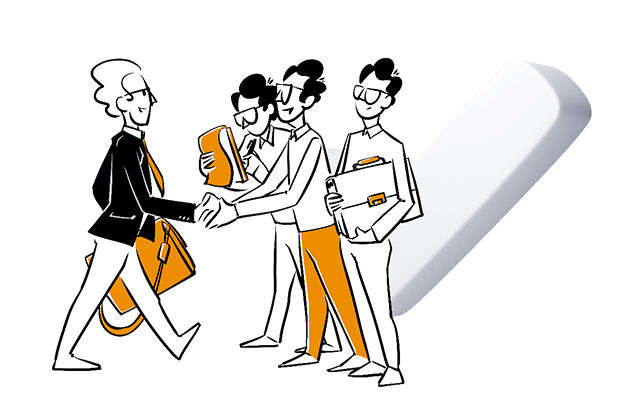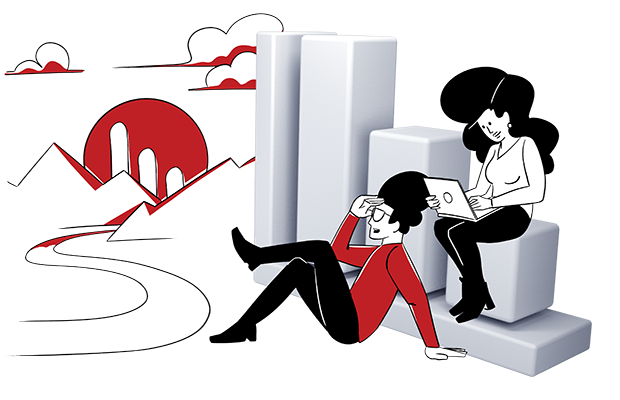The sales funnel illustrates the customer journey in its visual form, showing that every sale starts with a large number of prospects and ends with a much smaller number of actual customers. Simply put, it describes the steps someone takes to become your customer.
One of the most popular ways to divide the stages of the sales funnel is as follows:
- Awareness is when someone learns about a product or service. It consists of all the marketing strategies that attract prospects to your business, such as, for example, a landing page.
- Interest occurs when the prospect knows about a company, brand, and products or services and evaluates it based on their interest level.
- Decision happens when the customer is ready to buy and may consider several options before purchasing to find the best one.
- Action is the final stage when the prospect becomes a customer by buying your product or service.









